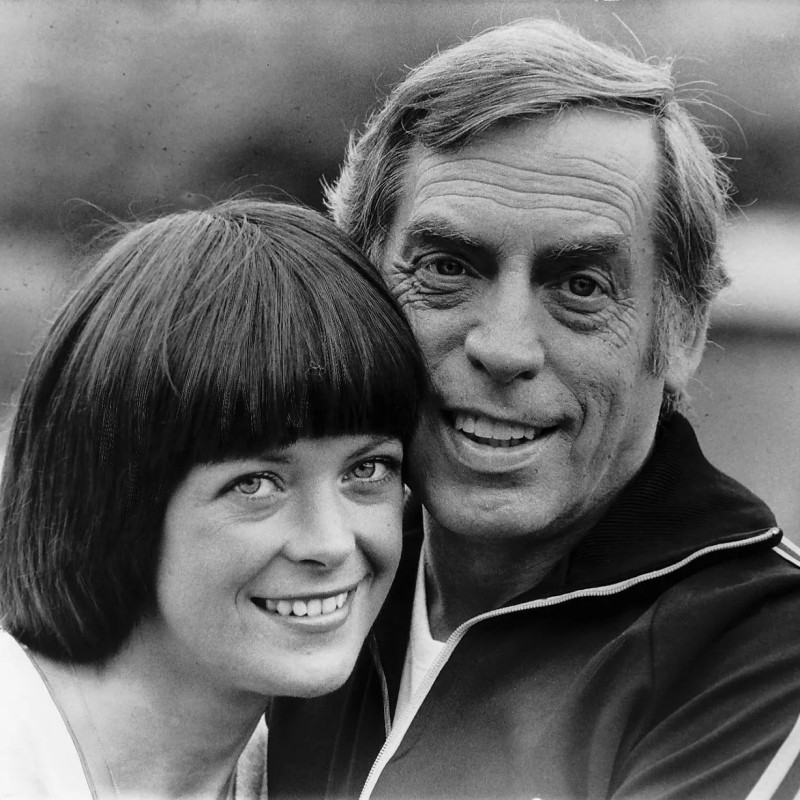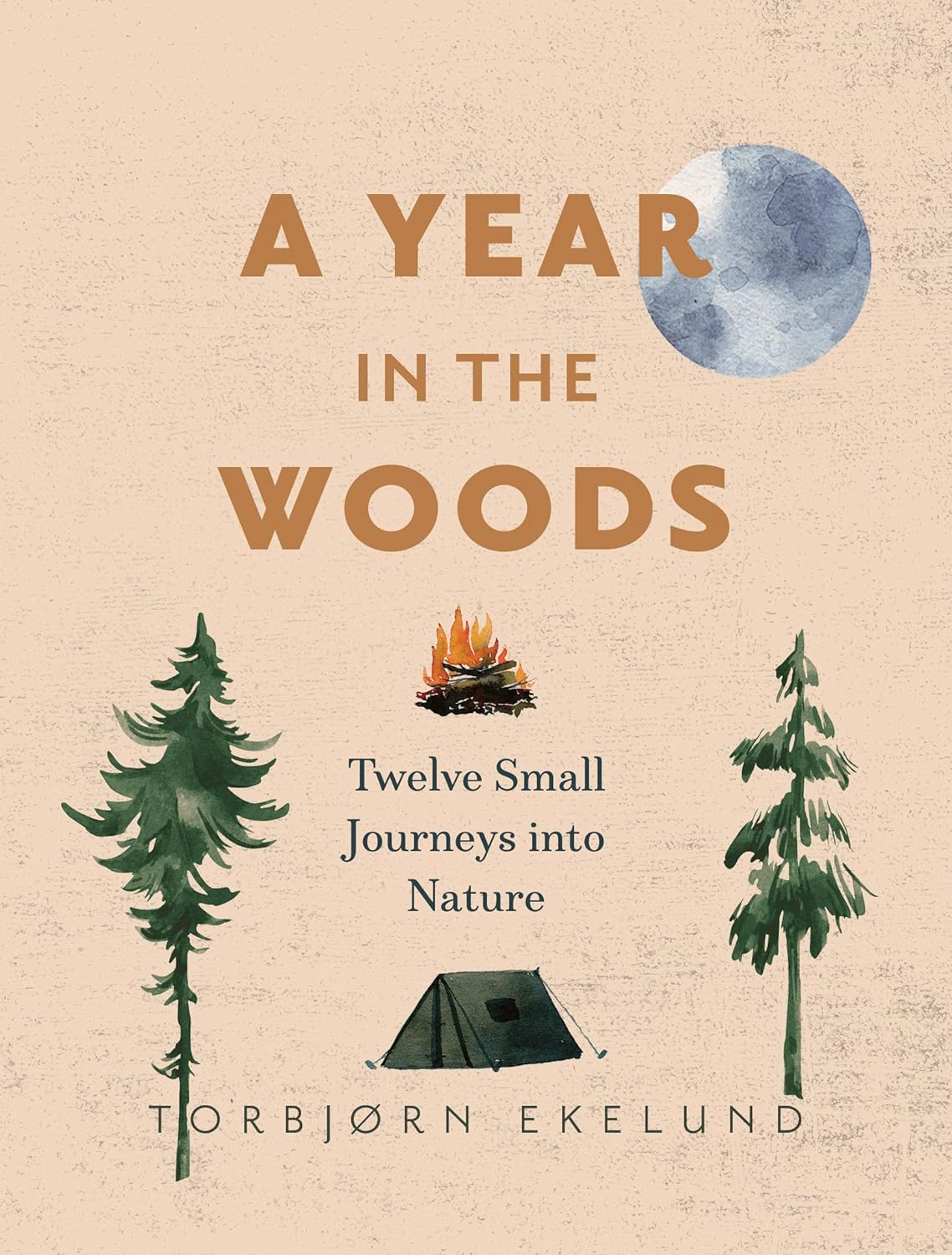Derbyshire: The Peak District, Tissington village, Bakewell tart
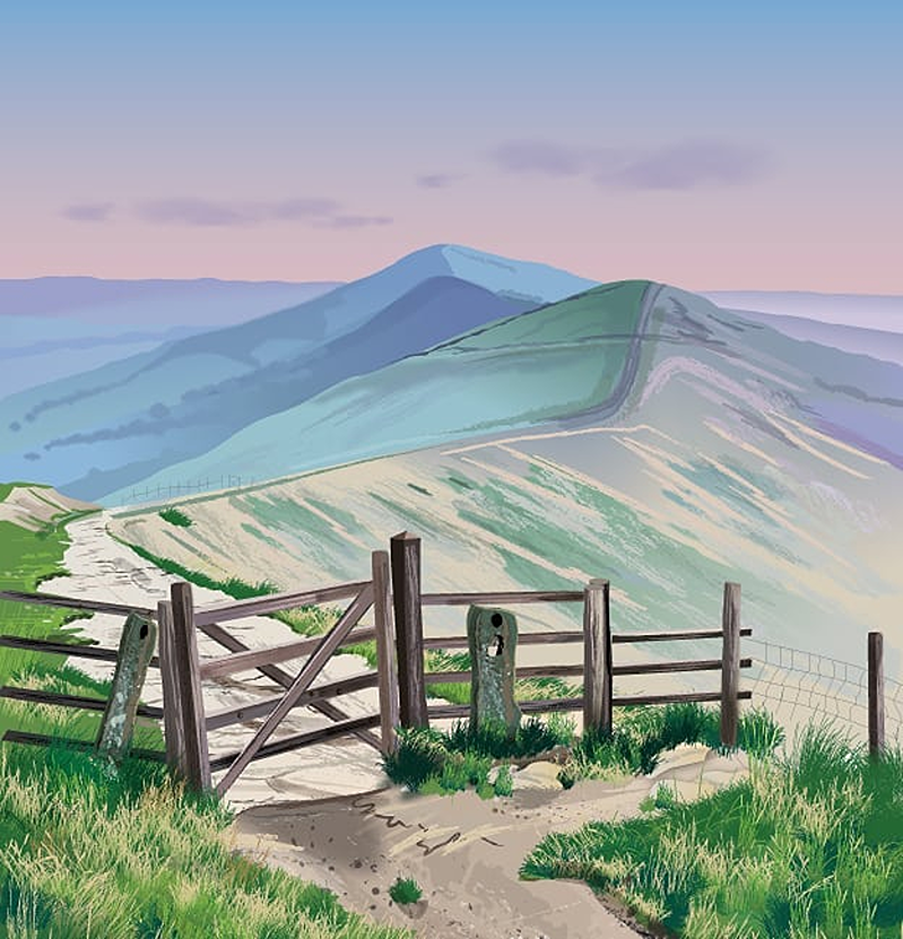
Derbyshire sits right at the heart of England, packed with stunning views, quaint towns, and lots of history. From the rolling hills of the Peak District to the bustling streets of Derby, there’s something for everyone.
If you love the outdoors, want to see classic English market towns, or just fancy a great place for a walk and a slice of Bakewell tart, Derbyshire offers it all.
Always follow the Countryside Code, to keep all creatures safe.
Discover the Peak District National Park
Nestled in the heart of England, the Peak District National Park covers more than 550 square miles of rolling hills, valleys, and villages. This is Britain’s oldest National Park, opened in 1951.
It remains a treasured place for walkers, cyclists, climbers, and nature lovers. Whether you’re a day-tripper or planning a week-long visit, the Peak District offers endless ways to connect with the outdoors, soak up local history, and find a bit of peace.
Wild Peaks: A Journey Through England’s First National Park
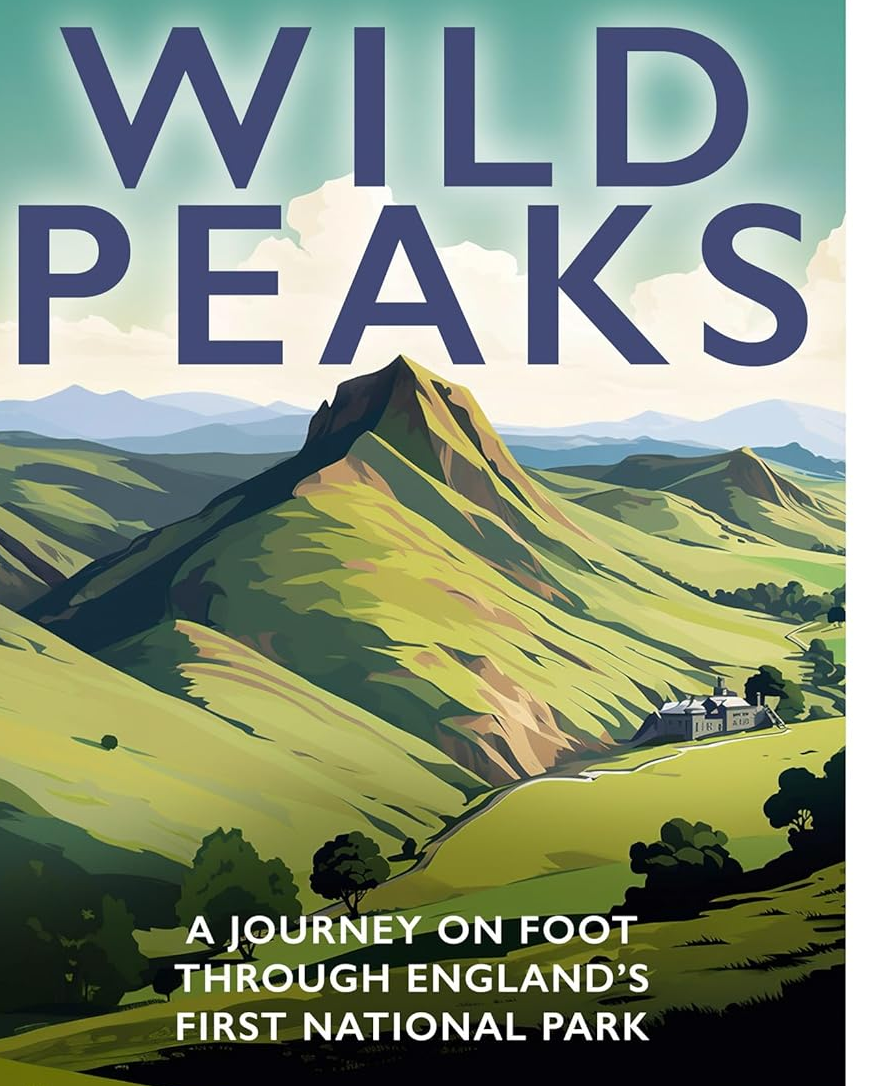
Wild Peaks is your book companion, travelling through the Peak District, England’s first National Park and one of the country’s most popular walking destinations.
Always follow the Countryside Code, to keep all creatures safe.
In 1932, 400 disgruntled ramblers embarked on a ‘mass trespass’ of Kinder Scout, establishing a right to foam, against the wishes of wealthy landowners.
These walkers (from the smoky industrial hearts of Manchester and Sheffield) eventually established England’s first National Park in 1951, an area that Daniel Defoe had 300 years before, described as a ‘howling wilderness’.
Explore Derby, England’s Most Central Town
Derby stands as the most central city in England and gives you a warm welcome with plenty to do. Its cathedral towers above the city skyline, while the Museum and Art Gallery has fascinating collections.
Walk along the River Derwent for pretty views and unwind at the many cafes and pubs dotted about the city centre. Derby’s industrial past is visible in the Silk Mill, a World Heritage site, which shows how the city helped drive the Industrial Revolution.
Wander Through Picturesque Villages
Derbyshire is full of charming villages with old stone cottages, flower-packed gardens and welcoming pubs.
Discover Eyam, whose villagers isolated themselves during the plague of 1665/1666, after becoming infected with cloth with infectious fleas. Most died to save others (a few people did survive, and their ancestors live on).
Set in the Peak District, Tissington is a privately-owned village, with a duck pond, church, a tea shop and six ancient wells. And you can walk the 13-mile Tissington Trail nearby, along a disused railway line that runs through beautiful landscapes. Or take the 46-mile Limestone Way Footpath, which also runs through the village.
This village has been owned by a family for over 400 years, who live in the nearby stately home. Perhaps they don’t drink, as this remains a village without a pub! The owner used to be a wine merchant, before inheriting his title (and village) from his uncle. A local councillor, he’s also a quiz show buff, having appeared on two TV shows.
Chesterfield (England’s Own Tower of Pisa!)
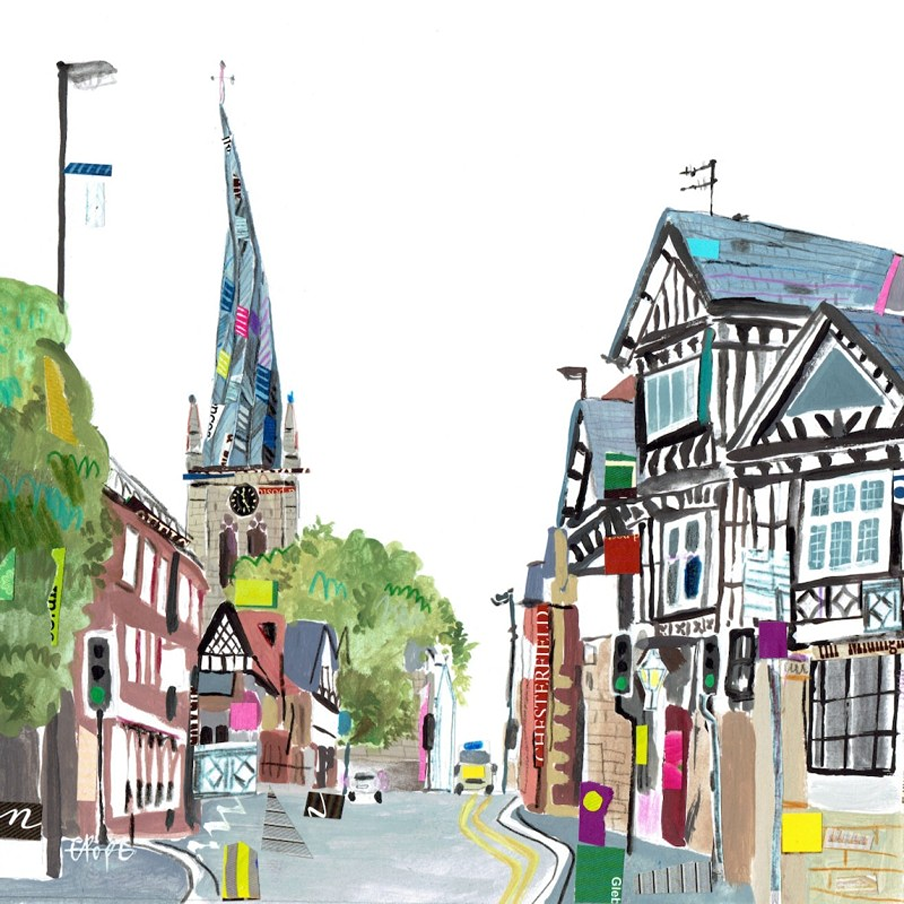
Chesterfield, Derbyshire, strikes the perfect balance between old-world charm and modern convenience. This vibrant market town sits on the edge of the Peak District, blending rich history, striking architecture, and easy-going local life.
The Church of St Mary and All Saints is known for its twisted spire, one of the most recognisable sights in Derbyshire. Locals treasure it, and visitors come from miles away just to snap a photo.
The church dates to the 14th century and offers guided tours so you can hear the real story behind the spire’s twist. Some think it was caused by unseasoned timber, while others enjoy the local myths explaining the unusual shape.
Experience the Monsal Trail
The Monsal Trail is a traffic-free route running along a former railway line for just over eight miles between Bakewell and Buxton. This crosses impressive viaducts and goes through old railway tunnels. You’ll pass through some of the prettiest valleys in the Peak District.
A Vegan Bakewell Tart Recipe!

Within Derbyshire’s Peak District sits the town of Bakewell, known for the tart that is said to have been invented by accident in the 19th century. Try these vegan Bakewell Tarts (The Vega Space).
Start with a strong foundation by preparing a vegan shortcrust pastry. Use plain flour, dairy-free margarine (Flora has no palm oil), a pinch of salt, and cold water.
Keep fresh dough away from young children and pets. Read more on food safety for people & pets.
Derby: Home to England’s Smallest Cathedral
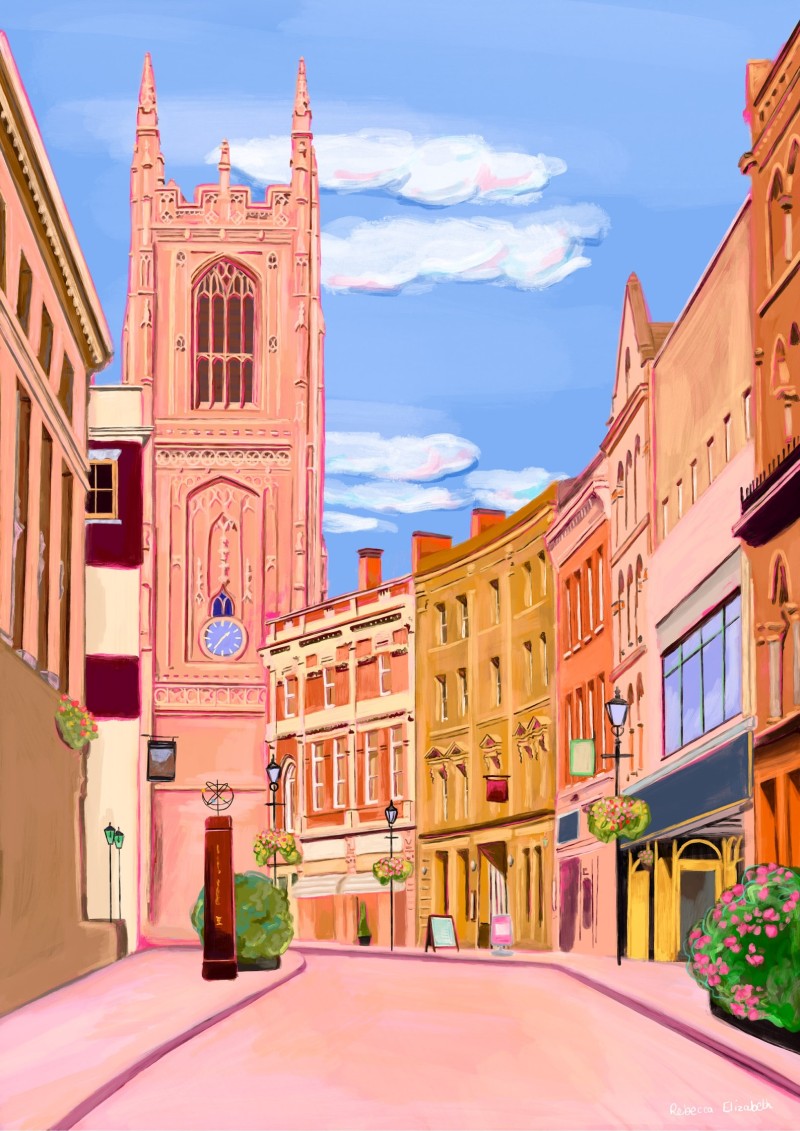
Nestled in the heart of Derbyshire, Derby is a city that blends rich tradition with a lively pace of modern life. With around 260,000 people calling it home, it’s not too big or small, just the right size for feeling connected yet always finding something new.
Derby’s roots run deep, shaping industries and sparking fresh ideas for centuries. As you walk the streets, you’ll feel the mix of old mills and sleek new buildings, each with its own story to tell. This is a place where history shapes the present, and the past meets the future every day.
If walking in nature, always follow the Countryside Code, to keep dogs and barnyard friends safe.
A City of Firsts and Innovation
Walk through Derby and you’re moving through the pages of Britain’s industrial history. Few cities can say they sparked changes that stretched far beyond their borders.
Here, old brick mills and the steady flow of the River Derwent set the stage for progress that changed how people worked and lived, not just in Derby but across the country. This city’s story is one of invention, hard work, and bold ideas, always a step ahead.
Birthplace of the Modern Factory
Derby didn’t just join the Industrial Revolution; it helped start it. Cotton mills were once powered by the River Derwent’s steady current. What makes these places matter today? Derby’s mills changed how goods were made in Britain. For many, the idea of a factory—a place where machines and people worked together—started right here.
The Pulse of the Railway
The railway runs through Derby’s heart, both past and present. In the 19th century, the city grew into a centre for rail innovation, thanks to its famous locomotive works. Whole generations found steady work shaping steel and building engines that ran across the nation. This place made trains for cities near and far. It gave Derby a reputation as a place that keeps England moving forward.
Look at the old Midland Railway buildings or the grand Derby railway station, and you see hints of that proud rail heritage. Today, Derby is still known as one of the major rail hubs in England, with jobs in rail design and engineering keeping the tradition alive.
Engineering Giants: Rolls-Royce and Toyota
Whether you agree with cars or not, Derby is the home of iconic names in modern engineering. Rolls-Royce set up shop here in the early 1900s, making engines for planes, ships, and later, power plants. Today, the company works on jet engines used in passenger planes and other high-tech projects.
Toyota also picked Derby for the site of its main England car plant, churning out thousands of new vehicles each year. Together, these companies link Derby’s past as a factory city with a future built on technical skill and know-how.
The River Derwent: Powering Progress
Much of Derby’s early success came from the River Derwent. Its flowing waters didn’t just shape the city’s look—they provided power for the mills and workshops that fuelled the Industrial Revolution. Where you now see peaceful walks and wildlife, workers once relied on the river for everything.
Today, the banks of the Derwent tell a different story. The river isn’t just a memory of industry—it’s a backdrop for parks, festivals, and daily city life. Its legacy in Derby is clear every time you cross a bridge or stroll near an old mill, connecting the city’s lively present with a remarkable past.
The Creative Scene: Big Talent, Local Roots
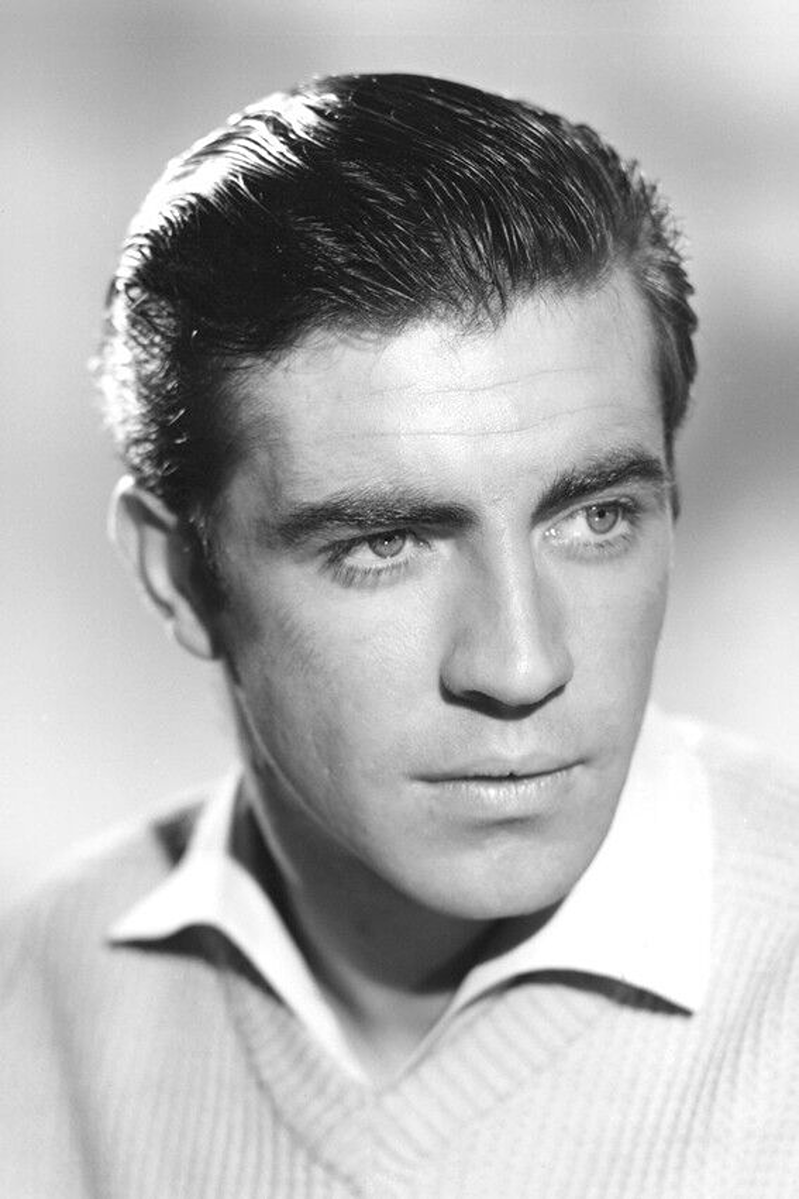
Walk around Derby and you’ll find fresh ideas on every street. Music spills from pubs and concert halls, artists paint in tucked-away studios, and community theatres always have a buzz about them. Sinfonia Viva — Derby’s own professional orchestra — is a great example. Also from Derby is acclaimed folk singer Lucy Ward.
The actor Alan Bates was from Derby. Best known for his performance in the film Whistle Down the Wind (which starred Hayley Mills, the script written by her mother Mary Hayley Bell). It tells the story of three children who come across an escaped convict hiding in their barn. When they ask ‘who are you?’, Alan Bates’ character says ‘Jesus!’ in shock, so believing him to be Him, they bring him food and ask him to preach to them. It’s a wonderful film, and well worth watching.
Green Spaces and Surprising Sights
Not every city can say it’s home to the country’s oldest public park, but Derby can. The Derby Arboretum, opened in 1840, gave people from all walks of life a green space to enjoy. It inspired city parks across England. Even today, it’s not just about lovely gardens — it’s a gathering spot for family weekends, friends catching up over coffee, and outdoor events.
The city also has a place for quiet strength — Derby Cathedral. It’s the smallest Anglican cathedral in England if you look at the footprint, but it punches above its weight with striking stonework and rich history. Its tower reaches for the sky, and its bells are a familiar sound in the city centre. Derby Cathedral isn’t the grandest, but it’s packed with character.
England’s Very Own ‘Fame’ School!
Just like New York had its own centre of performing arts that inspired the TV series Fame, Saint Benedict Catholic Performing Arts College stands out for anyone who wants to shine on stage or behind the scenes. It gives young people a stage to try anything from acting and dance to stage design. Local shows often feature the next rising star who first took hold of a script or song in Saint Benedict’s halls.
Its motto is:
Be who God meant you to be, and set the world on fire!
Remarkable People and Memorable Stories
When you look past the landmarks and busy industry, Derby’s most lasting power lies with its people. This city is full of neighbours who dared, believed, and sometimes stood alone. Their stories echo the mix of grit and kindness that sets Derby apart from other places. These are just a handful of names that capture the meaning behind Derby’s past and present.
Joan Waste: Standing By Faith
Joan Waste lived in the mid-1500s, a time when differences in faith could mean life or death. She was blind from birth and worked as a rope-maker with her family. What made Joan special wasn’t just her resilience but her clear voice and strong beliefs.
Joan wanted to read the Bible in English, which was not allowed by church leaders at the time. With help, she heard the words read to her, letting the language of hope settle in her heart. Refusing to step back or keep silent, she kept her faith at the front even as others tried to make her change her mind.
In 1556, Joan was burned at the stake in Derby at only 22 years old, refusing to give up what she believed. Her story is still told in the city as proof of how courage can shine in the darkest times. Joan Waste’s legacy is seen on a plaque near Derby Cathedral, reminding everyone who passes that a single person can leave a lasting mark, no matter their circumstance.
Richard Bell: Champion of Workers
Richard Bell was born and raised in Derby, starting as a railway worker and rising to make a real difference in politics. He worked his way up through the railways, eventually becoming a key trade union leader at the turn of the 20th century.
In 1900, Bell was elected as Derby’s Member of Parliament as one of the first Labour MPs in the country. He pushed for safer conditions and fairer pay, speaking up for everyday workers who kept industries running smoothly. Bell balanced respect for hard graft with the heart of someone who knew what it felt like to struggle.
This was back in the day when Labour MPs fought for the rights of those without power or money, unlike most modern politics. He was a contemporary of Keir Hardie, who famously predicted the abdication of Edward VIII, and was shut down, for asking that parliament add an obituary to the miners who died in a colliery accident, on the day celebrating the new prince’s birth.
The Birthplace of British Sign Language

Many people don’t know that Derby has a deep history with the Deaf community. Local churches and schools opened their doors to the Deaf as early as the 19th century. This led to Derby becoming a centre for British Sign Language, a visual way of speaking that changed many lives.
Thanks to these early efforts, Derby became known as one of the first places in Britain to truly welcome Deaf people, not as outsiders, but as full members of the city. With schools like the Royal School for the Deaf, Derby created a place where Deaf pupils could learn, mix, and grow just like anyone else.
Today, Derby keeps this link strong. The city has regular social clubs, meet-ups, and a long tradition of teaching sign language. Interpreters are often found at city events. Local shops and public spaces strive to be more accessible. This approach shows how Derby’s heart opens up for every neighbour, no matter their voice or background.
A Recipe for Vegan Bakewell Ice-Cream

This recipe for vegan Bakewell ice cream



